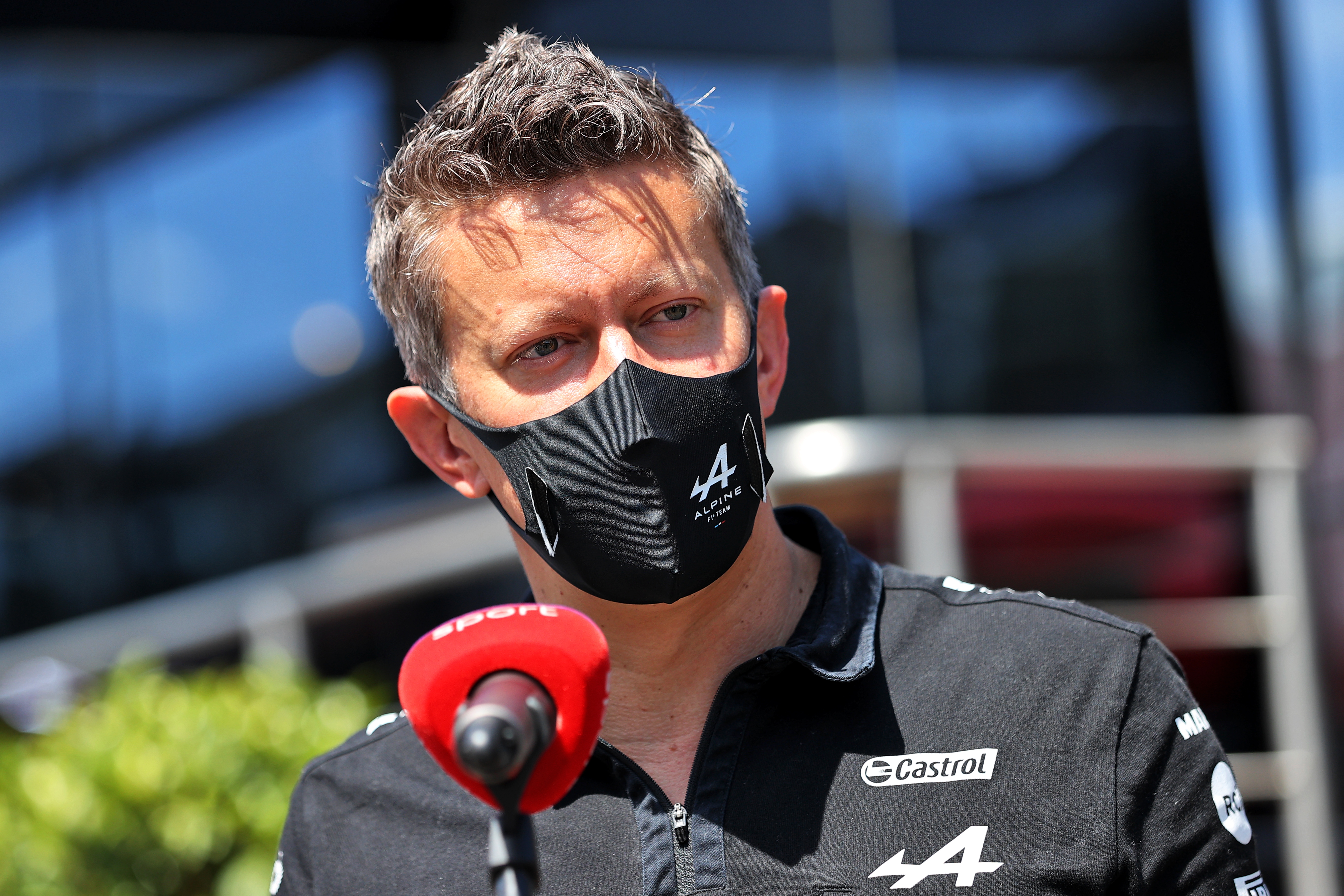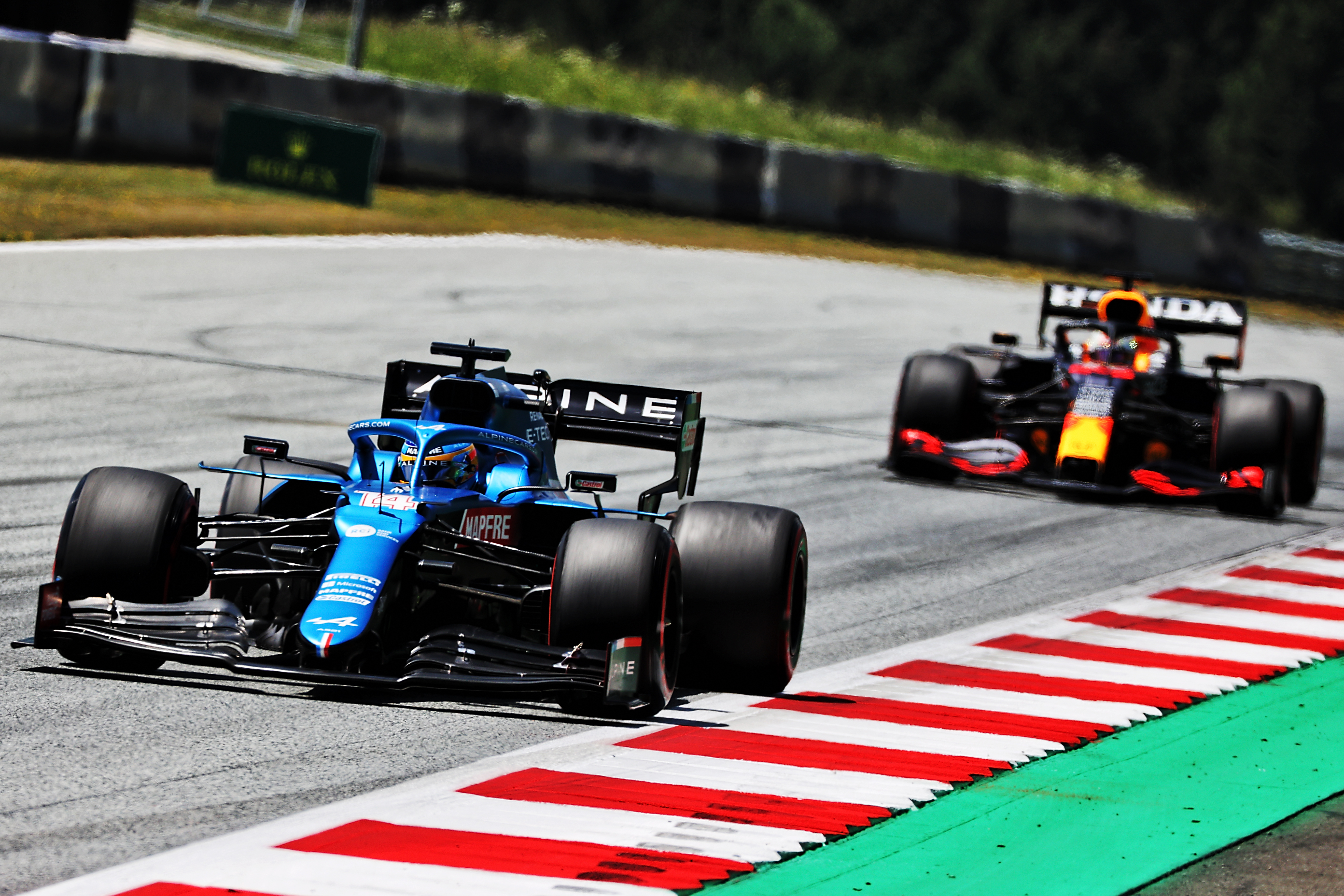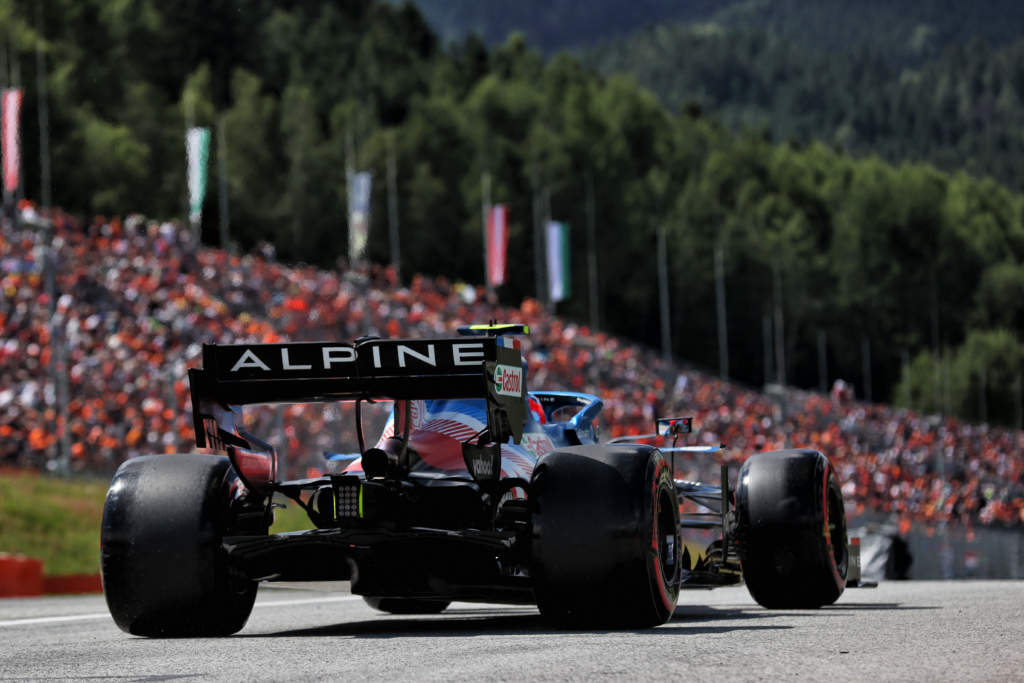Up Next

Alpine executive director Marcin Budkowski recently complained that his Formula 1 team was “collateral damage” of the battle between Mercedes and Red Bull given the drain on resources caused by adapting to the technical directive issued to prevent flexi-wings.
I’ve been in that position, in a team that is not part of the world championship battle trying to do the best it can and getting caught in the crossfire, so I do have some sympathy for him having a chip on his shoulder about it.
But these things are never straightforward, and in this situation, you can argue that it’s six of one and half-a-dozen of the other when it comes to the rights and wrongs.
Before we get into that, here’s what Budkowski had to say about the situation.

“We’re still entangled in some rear wing modifications for the famous technical directive, which to be honest we feel a bit bitter about because it’s taking us a huge amount of resource and effort and money because we’re taking about several rear wings, several downforce levels that need to be changed,” said Budkowski.
“We feel a little bit collateral damage of the fight for the championship at the front and [leading teams] trying to throw banana skins under each other’s feet by looking for issues with other people’s cars.
“We designed our wings to the regulations, they are fully legal they passed all the FIA tests, pre-season and during all the events so far and we’re now spending a huge amount of resource and money to change rear wings to new tests that were introduced mid-season that changed very little the performance of the car.
“It’s costing us money and resource we could invest in next year’s car. The FIA is allowed to change the tests any time they want, but the impact on a team of our size is very big.”
Yes, Alpine has had to commit resources to changing its rear wings. It is known that the team had developed a relatively effective flexible rear wing and by Budkowski’s argument it’s unfair that mid-season changes to the load tests have made them illegal.
But you do have to remember that when you set up to achieve flexible wing solutions, teams also know what the rule is relative to flexible bodywork.
The load tests are there to test the wing to check to see if it infringes the regulation, that is true. But this is simply a method to test for potential infringement of the rule preventing bodywork from flexing, meaning you can pass the load versus deflection tests but still be illegal.

There is a halfway point between these and, to my mind, you should be considered legal if the deflection is linear. That means that as the load increases, the level of deflection increases in the same proportions.
If it does that, then simply you have a wing that deflects beyond what’s acceptable once the load goes beyond what it is tested to off track. So I would argue that if the load tests become tougher, which as Budkowski states the rules do allow for, and you become illegal then you are unfortunate.
The question for me is whether there is any non-linear behaviour. If that’s the case then it’s a team deliberately trying to trick the rules, in which case I’d have no sympathy.
But overall for Alpine, this is a team that has underperformed given it has the resources to do better, in my opinion, it should stay away from being too radical until it gets consistency.
And you have to ask whether this might not actually be beneficial given that a stiffer rear wing will flex less in the high-speed and potentially improve your car in terms of consistency of grip.
For Alpine, yes it will have been problematic given the cost cap to have to make these changes and I can believe that this does mean some resource was diverted from the 2022 car to make it happen. So collateral damage is perhaps a fair description.
But that’s the reality of racing in F1 and we’ve all been there at one time or another. Any time you are pushing the limits of the regulations you’re at risk of something like this – and I don’t think there’s any reason to think this has either had a big impact on Alpine’s competitiveness this year or prospects for next year.





